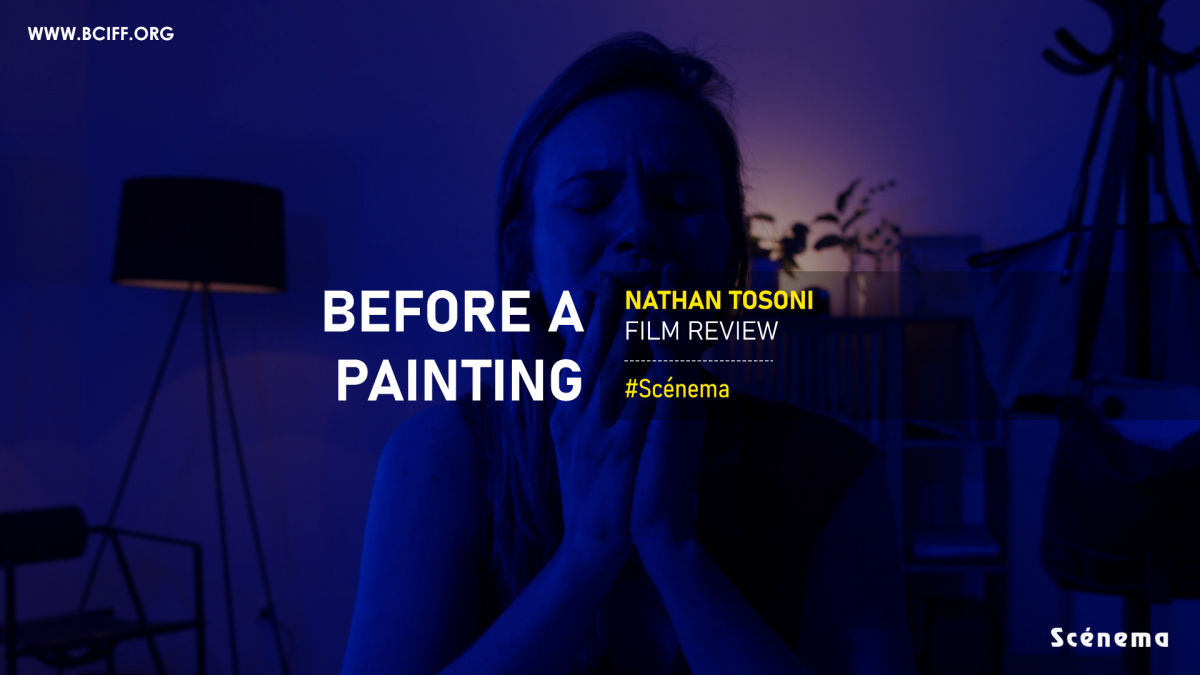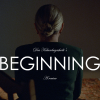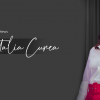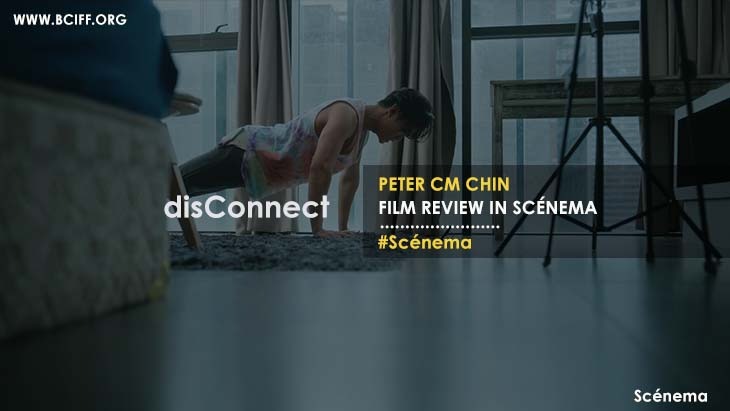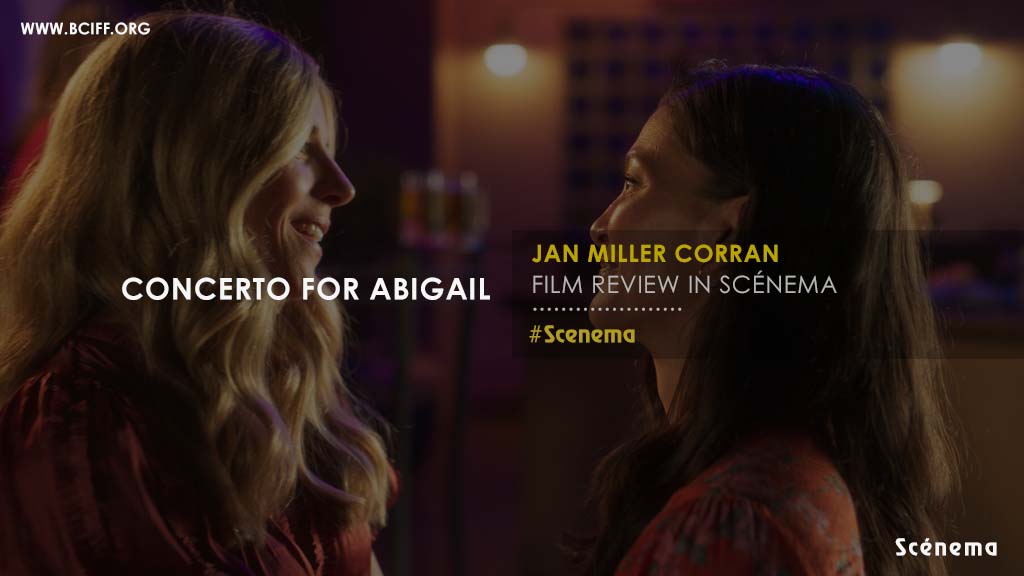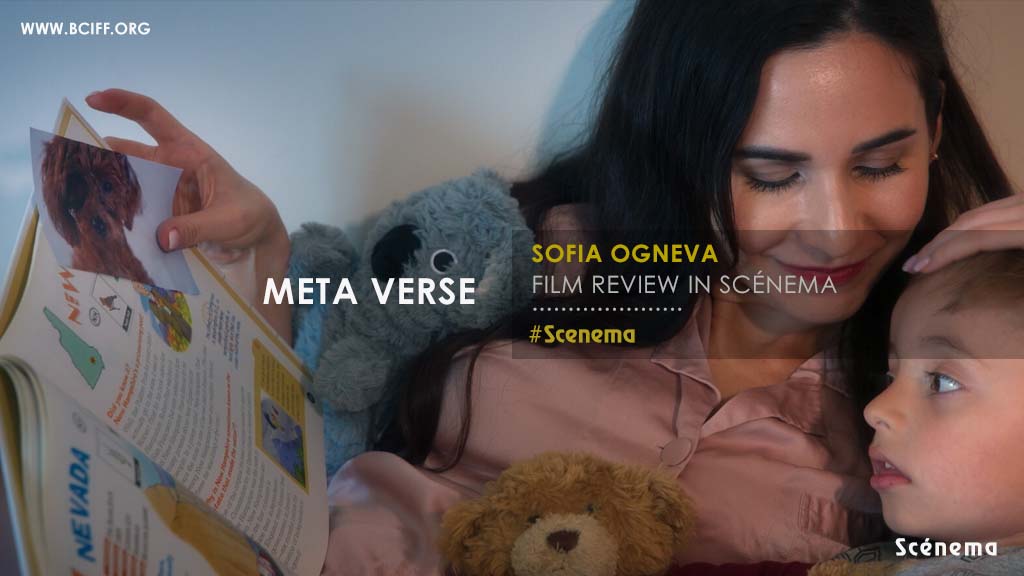Movie : Before a Painting
Director : Nathan Tosoni
“Painting is the most beautiful of all arts. In it, all sensations are condensed; contemplating it, everyone can create a story at the will of his imagination and–with a single glance–have his soul invaded by the most profound recollections; no effort of memory, everything is summed up in one instant.” – Paul Gauguin
A painting leaves a lasting impression on its viewers’ minds. It often sparks many questions – Who painted it? What was the background story behind it? And this is exactly where the story of “Before a Painting” begins. Nathan Tosoni is a Swiss director of Italian origin. He has been passionate about drama, but his love for films bloomed right after seeing Alfred Hitchcock’s Notorious. In his debut movie he has tried to tell the story of those moments that gave birth to three painting masterpieces.
In the movie Nathan has tried to show the stories behind three paintings. Nathan has been an earnest storyteller and his involvement with his movie is evident from the way he depicts and unfolds everything.
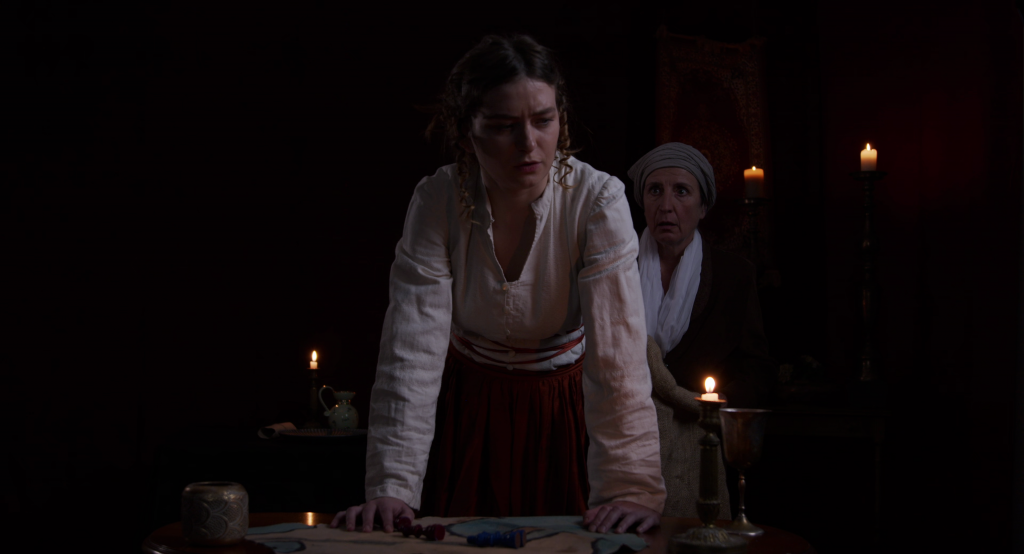
The movie is a beautiful series of three individual stories tied together. In his first slot, Nathan shows classic painting by Caravaggio. The painting is based on the Biblical story from The Book of Judith where Judith beheads a drunk Syrian general Holofernes after seizing his sword and making him drunk. Nathan’s movie shows the final monologue of Holofernes before Judith and her elderly maid Abra come to slay him. This story is well coordinated and beautifully shot. The film perfectly portrays Caravaggio’s colour palette. Raphaël Tschudi plays Holofernes who is adequate and measured in his portrayal. Adèle Viéville shows her ruthless side as Judith. Nathan’s homage to Caravaggio is apt and well executed.
The second story that Nathan shows is about the painting “The Lovers” which was painted nearly a hundred years ago, in 1928 by Rene Magritte. In the painting Magritte brings in the cinematic close–up kiss but subverts our voyeuristic pleasure by covering the faces with a piece of cloth. The surrealist painting is given a substance by Nathan, and the story progresses beautifully. Actors Paola Renout Lefever and Simon Labarrière play the lovers. Their expressions and earnest acting makes the entire movie worthwhile. The authenticity of the painting is well protected in every frame.
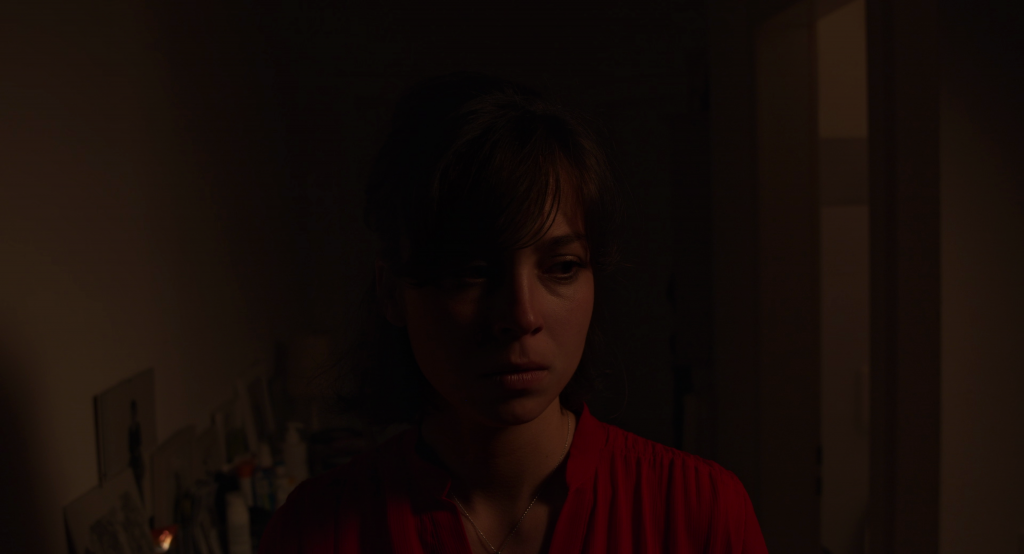
The director skillfully crafts the climactic progression of the story in the third and final one. The story is told with much clearance and accuracy. This one is based on Edward Hopper’s 1952 painting, Morning Sun which is modelled upon his wife Jo. In the painting, the character seems to have lost all hopes and is lost in her own world. The bleak setting of the painting shows the lonely urban society. Nathan has successfully pulled off project with much sincerity. The third counterpart is shot and directed well. Vivien Hebert,Maël Descombes, Estelle Bridet, Anastasia Fraysse realistically portray the characters.
A painting is a guarantee of being stuck in the time, it keeps many secret stories unfolded under every single stroke. A painting is personal as well as universal. With a mature eye for art and a strong dedication to the artworks, it can be claimed that Nathan is an ardent admirer of art and aesthetics. His debut film, Three Paintings, surely carries a mark of his brilliant observation and wit. His tribute to his childhood wonders is praiseworthy in terms of presentation of art in cinema.

